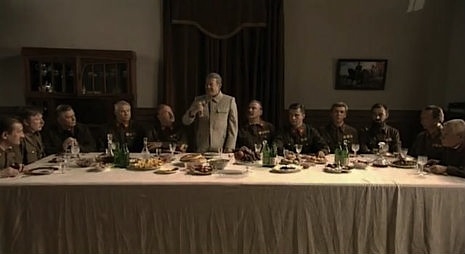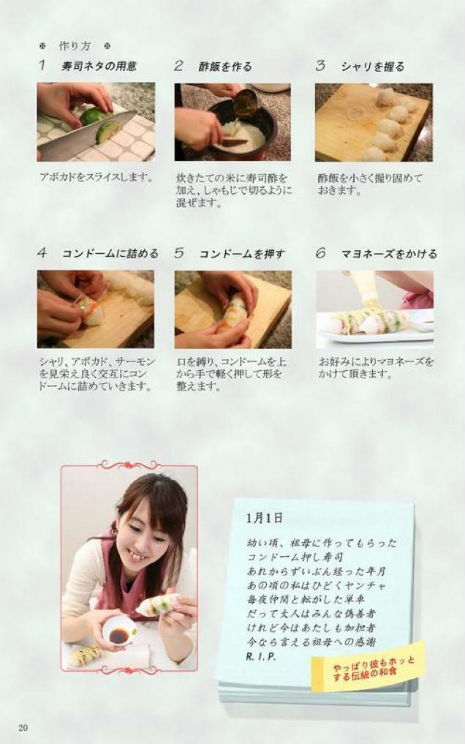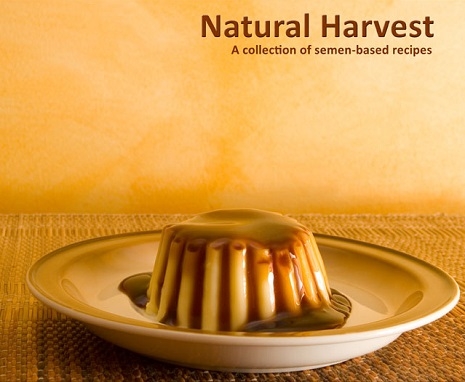
Did you know that the banana was a berry? Yep. Me neither. I also had zero clue that the US was gifted the concept of fish sticks from the Soviet Union as a post-war food. I mean—seriously—what? After reading Christina Ward’s thoroughly enjoyable and informative book American Advertising Cookbooks: How Corporations Taught Us to Love Spam, Bananas and Jell-O, I have now realized that the sum total of what I knew about food history before I encountered this volume could have fit neatly inside a deviled egg.
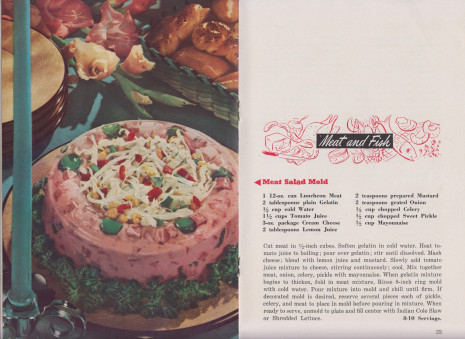
From wealthy people renting exotic fruit like pineapples (before pineapples were readily available) as a dinner table centerpiece to flaunt their class status, to kitchen technology, diet recipes and the development and evolution of canned and potted meats, this book covers a variety of topics that handle far more than “what’s on the plate.” More often than not, Ward’s book is a textbook of incisive connections between invisible or overlooked histories and what is now commonly considered kitsch imagery.

Each chapter of American Advertising Cookbooks is different and equally rewarding. From the design of the book to the writing and image content, it never fails to educate and entertain in tandem. Images of a recipe for “SPAM ‘n’ Macaroni Loaf” and advertisements for a 1969 Pillsbury meat cookbook are delightfully placed perfectly next to chunks of text discussing the government’s Meat Inspection Act and Upton Sinclair’s The Jungle, allowing the reader to gain insight and react to the dark humor.
To authentically work with content that a younger generation might adore for a “so bad it’s good” angle or for its camp possibilities is not easy, but this book does it gracefully and with a level of respect for the topic that is obvious. Works like these are harder as many tend to go for the easy laugh or quick sell based on surface nostalgia. Ward’s attitude towards this material is wholly different and that is what makes this book so brilliant. She skillfully places dozens upon dozens of beautifully printed “weirdo” images into historical context giving Ham Banana rolls, Piquant Turkey Loaf and Perfection Salad a whole new life!
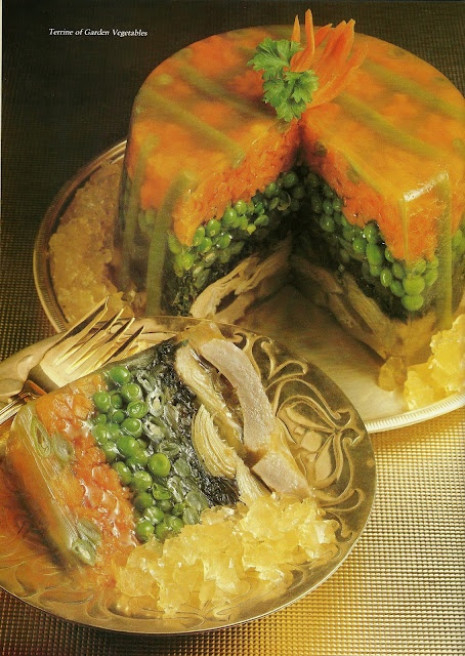
Foods that modern audiences no longer consume in large (or any) quantities like packaged meats and gelatins make them seem very foreign. But today’s food preservation techniques are different. Hey, refrigeration, what’s up? Indeed, many people I’ve met may think aspics look disgusting. I honestly looked at many of these images and saw so much art and dignity put forth in their representation. While this wasn’t something actively discussed, there is no way that one could view all these images and not see people trying to make these dishes look appetizing. Sure, Creative Cooking with Cottage Cheese may not have the same appeal as watching Anthony Bourdain but the Up North Salmon Supper looks really good. And there is something to be said about class aesthetics here. The idea of a home-cooked meal and working-class values is something that Christina Ward most certainly focuses on in the writing, making this book extra gratifying to some of us old school class-consciousness punk activist-y types!
If the mind-blowing plethora of elegant and fastidiously researched recipes, adverts and book covers seems odd or silly to a reader, they are clearly not looking at what a quality piece of literature this book is. Ward’s thorough research, accessible discussions on colonialism, Puritan and Calvinist practices, racism as a marketing ploy (Aunt Jemima, Uncle Ben anyone?), and the Christian Missionary connection to, well, fruit make American Advertising Cookbooks: How Corporations Taught Us to Love Spam, Bananas and Jell-O a necessary addition to anyone’s library who is interested in food, US history, social politics or simply a damn good book.
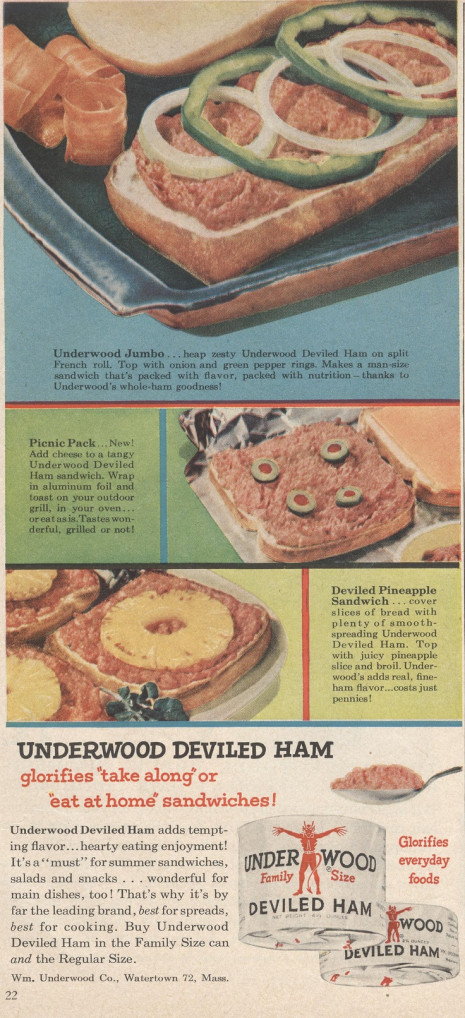
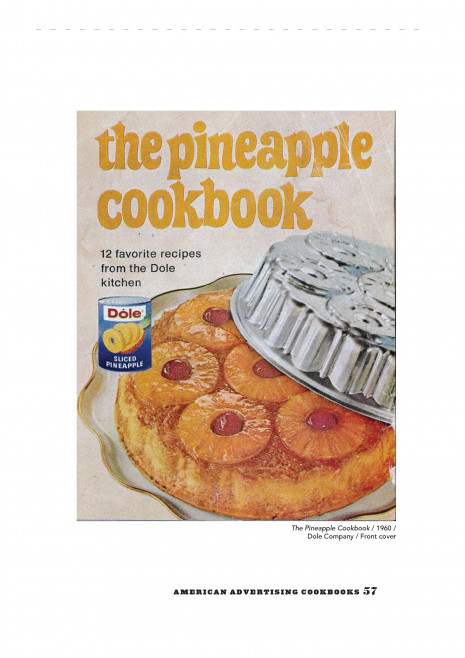
More after the jump…







